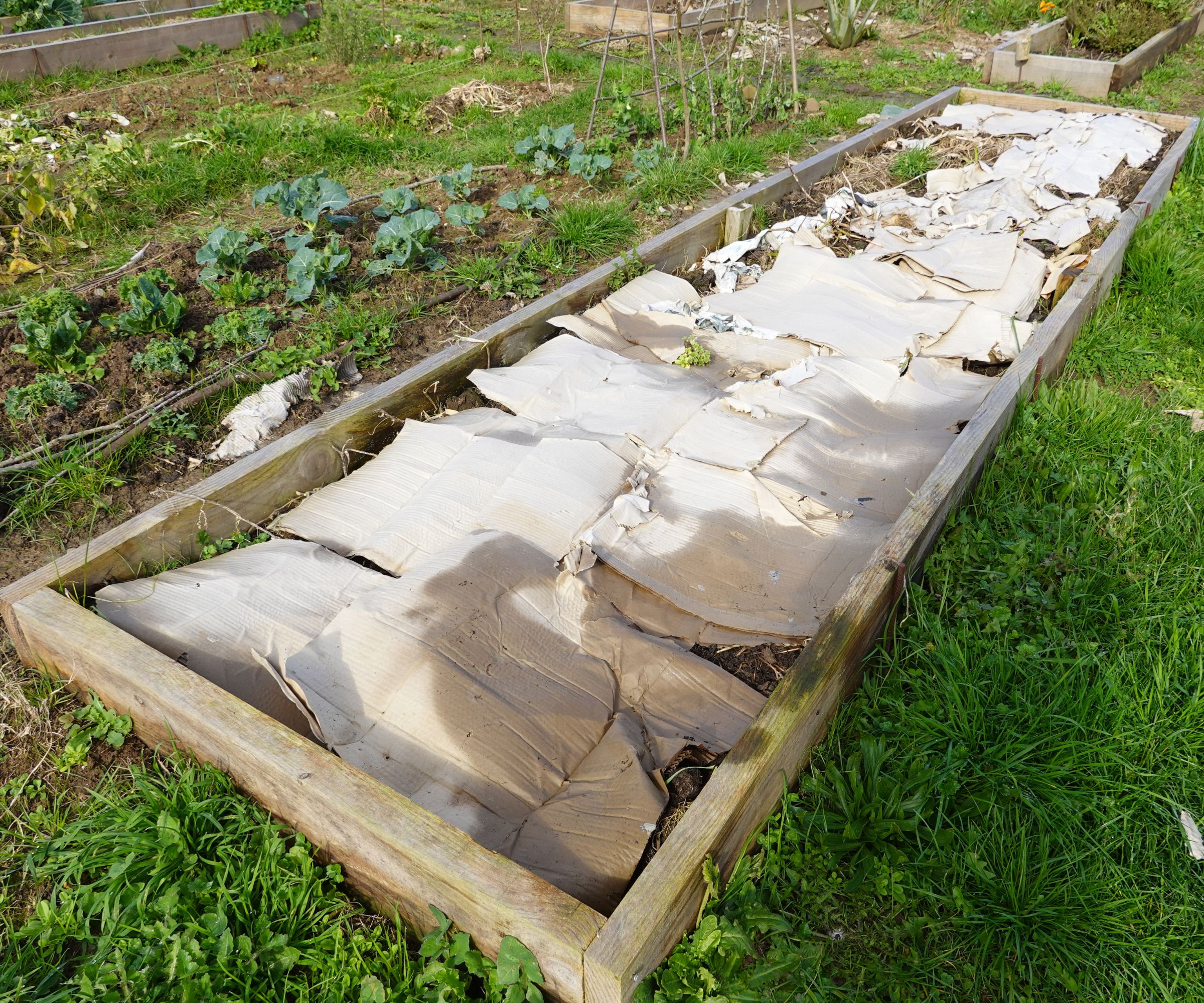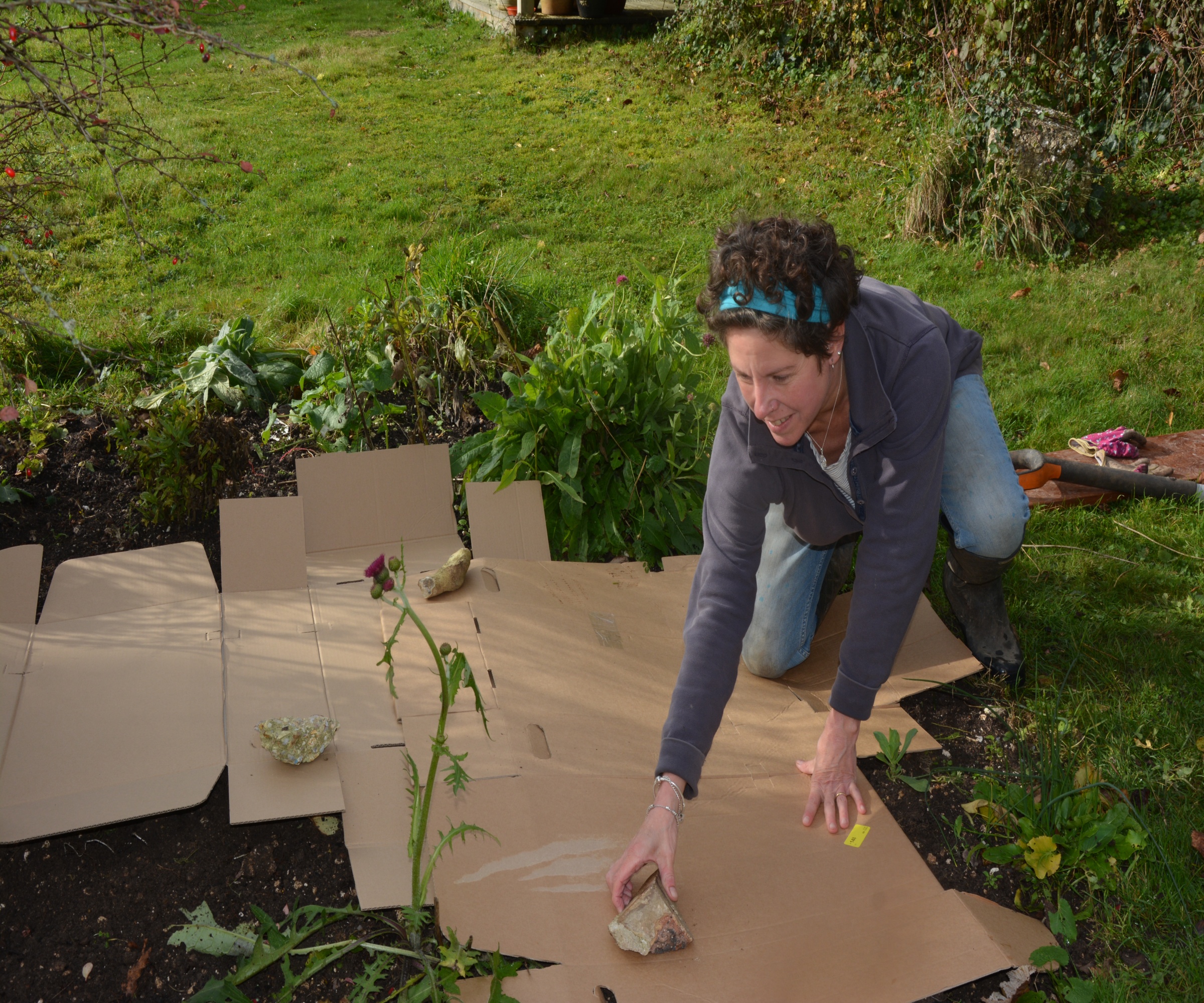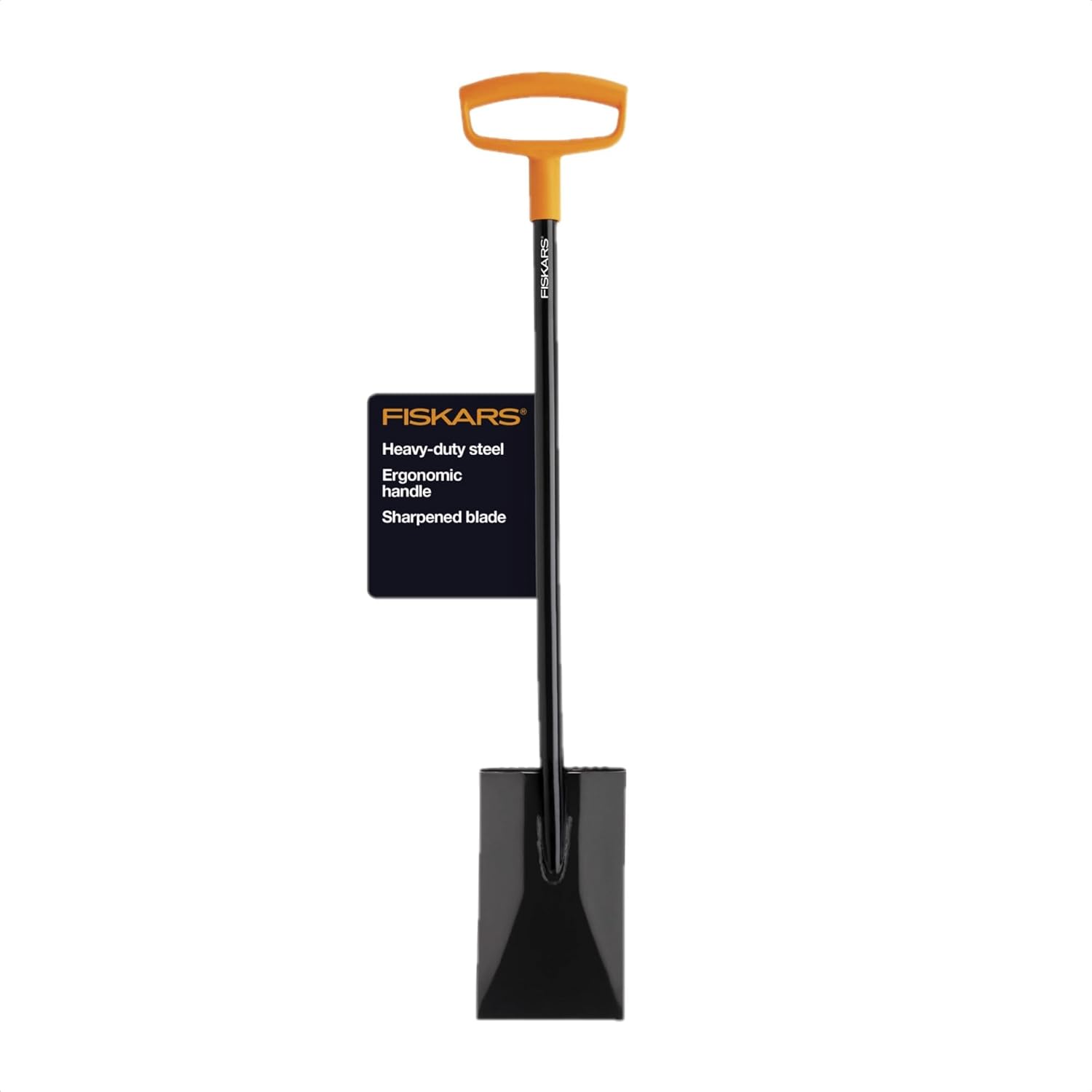I Tried the Low-Maintenance Cardboard Method to Mulch My Garden and it Really Works – Just Don't Forget This 1 Thing When Laying it on the Soil
This mulch alternative is free, sustainable and stops weeds


Talk to any professional gardener at this time of year about what we should be doing in our yards, and they will all tell you the same thing: mulching garden beds.
Mulching is vital fall prep to ensure our garden soil is at optimum health come spring. Covering bare soil is a way of locking in nutrients and moisture, preventing erosion and other winter damage, and insulating plants against harsh frosts, keeping them snug throughout the cold months. But mulching can also be quite time-consuming. Fallen leaves, pine needles, compost and even grass clippings are all potentially free fall mulching materials, however, it takes time and effort to gather and transport them, and deposit them evenly onto bare soil.
Well, I have the best time-saving alternative for you: cardboard. Recycling old boxes and packaging on the soil genuinely works as a type of mulch. It’s eco-friendly, uses up all that unwanted cardboard we have at home at this time of year, and will save you so much time in the yard. Here’s everything you need to know about using cardboard as mulch.
What you need to know about using cardboard as mulch

Last year, I covered all the garden beds in my front yard with cardboard. I had cut back all my perennials, pruned a lot of old plants and cleared the weeds, which left large areas of bare earth.
Leaving these uncovered and exposed over winter would have risked potential damage to the soil, loss of nutrients, and even worse, rapid weed regrowth as soon as the weather started to warm up, undoing all my hard work.
I have a large garden, but I am time poor when it comes to keeping it looking beautiful, so hacks like these are my saviour: Instead of spending hours digging, tilling, and shovelling woodchips and fallen leaves onto my flower beds, I simply laid down sheets of cardboard.
Cardboard naturally decomposes and adds nutrients, such as carbon, to the soil, and improves soil structure. It also forms a protective barrier over the soil, locks in moisture, and suppresses weeds.
Design expertise in your inbox – from inspiring decorating ideas and beautiful celebrity homes to practical gardening advice and shopping round-ups.
But here is the trick. Don’t just place one layer of cardboard down and leave it at that. Cover your soil with two or even three overlapping layers. Doing so will create an effective weed barrier and will really work to keep your perennials happy in the soil over winter.
One layer isn’t usually enough, and you’ll find weeds can easily find their way through or around it, invading your beds once more as soon as the temperatures warm up.
How to use cardboard as mulch, a simple step-by-step

- Step 1: Collapse your cardboard boxes and make sure you remove any plastic tape, labels, staples or any other synthetic material before you place it on the soil. Also take care not to use any colorful cardboard that has been dyed or has a lot of print on it, as this could lead to chemicals leaching into the soil.
- Step 2: Lay your cardboard over your beds, overlapping with two or three layers. You can weigh them down at this point with large stones or bricks if you have them, so stop them blowing away.
- Step 3: To help the cardboard decompose more quickly, and to keep it in place, at this point, I grab the hose and water it thoroughly. To make it even easier for yourself, you could plan to lay your cardboard just before rain is forecast, and the weather will do this job for you.
- Step 4: This one is optional, but you could add a layer of topsoil or homemade compost over your cardboard to help it decompose faster. Definitely do this if you are planning to create no-dig gardening beds.
Over the colder months, you can leave the cardboard to rot down into the soil, and come spring I guarantee your plants will be stronger and flowers will bloom brighter. Everything starts in the soil, and the more you can look after it and feed it, the happier your plants will be. There are lots of other easy ways to boost soil nutrients, too, which you can discover more about in our dedicated guide.
Shop your fall gardening essentials

Rachel is a gardening editor, floral designer, flower grower and gardener. Her journalism career began on Country Living magazine, sparking a love of container gardening and wild planting. After several years as editor of floral art magazine The Flower Arranger, Rachel became a floral designer and stylist, before joining Homes & Gardens in 2023. She writes and presents the brand's weekly gardening and floristry social series Petals & Roots. An expert in cut flowers, she is particularly interested in sustainable gardening methods and growing flowers and herbs for wellbeing. Last summer, she was invited to Singapore to learn about the nation state's ambitious plan to create a city in nature, discovering a world of tropical planting and visionary urban horticulture.


